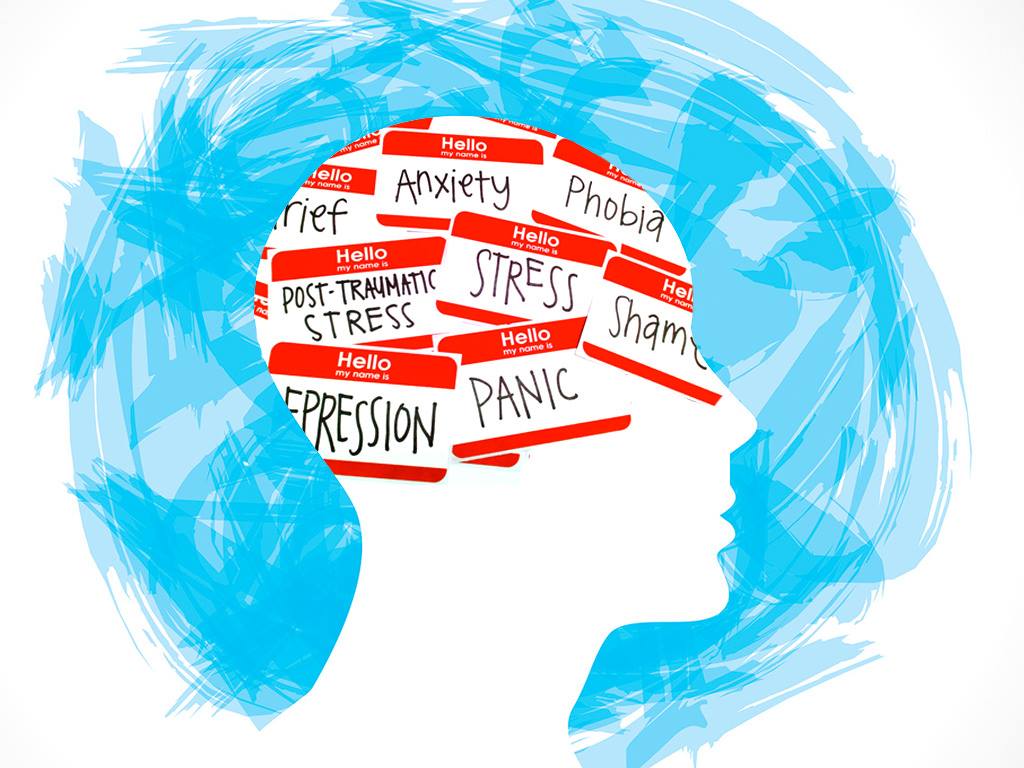This year marked the 26th anniversary of #worldmentalhealthday: a campaign geared towards ‘raising awareness’ about mental health issues. While this is valuable, both the campaign and the hashtag touch upon two complex issues surrounding mental health: the limitations of internet activism, and the wider notion of ‘raising awareness’ with its consistent detachment from practical action.
Annually, on 10th October, our Twitter, Facebook and Instagram feeds are flooded with uplifting encouragement from those who have experienced mental health issues, compelling current sufferers to come out of the dark in search of help whilst urging people to talk themselves. This is, without doubt, a valuable process. In 2018, social media has a large hand in influencing the culture in which it operates. Hashtags like #mentalhealthawarenessday and #worldmentalhealthday can help to end the stigma surrounding mental health.
This can be particularly helpful for men; their emotional expression is often stifled under the pressure to perform the stoicism which has long been the hallmark of masculinity. In an age where suicide is the biggest killer of men under 45 in the UK, it is therefore not only important but vital for there to exist a platform where people are encouraged to speak openly about their psychological and emotional wellbeing. However, once people have gained sufficient awareness and courage to speak, through social media or otherwise, their next step is to seek help – but what if there is little immediate help to seek? Recent studies have highlighted dismal NHS waiting list times. A Royal College of Psychiatrists survey, published by ComRes, found that more than half of British adults with a mental health issue who sought NHS treatment reported having to wait more than four weeks to see a mental health specialist. Over a quarter say they waited more than three months. During these waiting periods, 37% say that their mental health worsened.
The findings are similar in mental health care for young people. The National Audit Office reported that only one-quarter of young people requiring mental health services were able to access help from the NHS. Young Minds also found that three-quarters of parents said that their children’s mental health had deteriorated while waiting for support from Child and Adolescent Mental Health Services (CAMHS). This World Mental Health Day brought a challenge from Jeremy Corbyn, who asked Theresa May: “Today is World Mental Health Day, and today there are 5,000 fewer mental health nurses than there were in 2010. The Prime Minister said last week that austerity is over. When will austerity be over for the mental health services?”
“Hashtags signify trends, and so online awareness campaigns can have the adverse effect of treating life-threatening issues such as depression as ‘trends’ whilst pulling focus away from arguably the most stigmatised illnesses such as schizophrenia”
The government recently admitted its failure to bridge the gaps in mental health services despite pledging significant change in 2012. The Secretary of State for Health and Social Care, Matt Hancock, acknowledges that NHS services have been under-resourced. He argues that mental health should be treated “in the same way as physical illness.” While this is a positive outlook, it further illustrates the problem. If the waiting lists for physical health services were as considerable as they are for mental health ones, the government would undeniably be held to greater account.
The National Audit office found further gaps in its future plans too, stating, for example, that even if current plans to increase spending on children’s mental health services by £1.4 billion were carried out, there would still be “significant unmet need” because of staff shortages and poor data. In light of this, measures such as the recent appointment of Jackie Doyle-Price as Minister for Suicide Prevention (who herself has been found joking about suicide, stating that she “would sooner jump off Beachy Head than join UKIP”) appear as political box-ticking. This is inadequate to meet the demands of those suffering. On this World Mental Health Day, it seems as though awareness has been raised, but adequate funds have not.
The role of internet activism is limited. To say nothing of the correlation between social media and mental illness, the limited format of Twitter hashtags like #worldmentalhealthday cannot effectively communicate the complexity of mental illness and its treatment, generally only allowing for the expression of empty platitudes such as ‘its OK to talk’. People in crisis do not just need to talk: they need treatment. Hashtags signify trends, and so online awareness campaigns can have the adverse effect of treating life-threatening issues such as depression as ‘trends’ while pulling focus away from arguably more stigmatised illnesses such as schizophrenia. The treatment of this, again, requires therapy and medication tested with funded research, not just increased awareness.
In 2017, May stated that problems with mental health services are “more about the stigma that still attaches to mental health” rather than funding issues. This encapsulates some of the issues with awareness campaigns – they make us aware of the existence of mental illness without solving the conditions which accelerate it. Awareness should aim to inspire action, rather than complacency. Whilst campaigns such as #worldmentalhealthday are important in shifting attitudes towards mental illness, this is a slow process. It is not one that should replace the demand for immediate access for those in crisis. Mental health should be given attention every day – not just on those days it happens to be trending.
Emily Stevens

